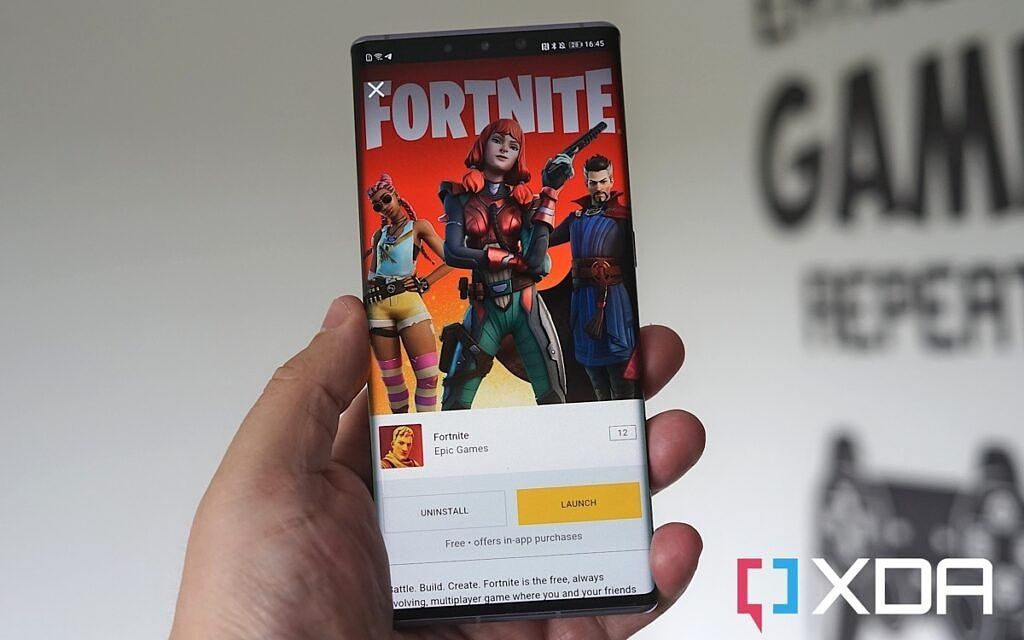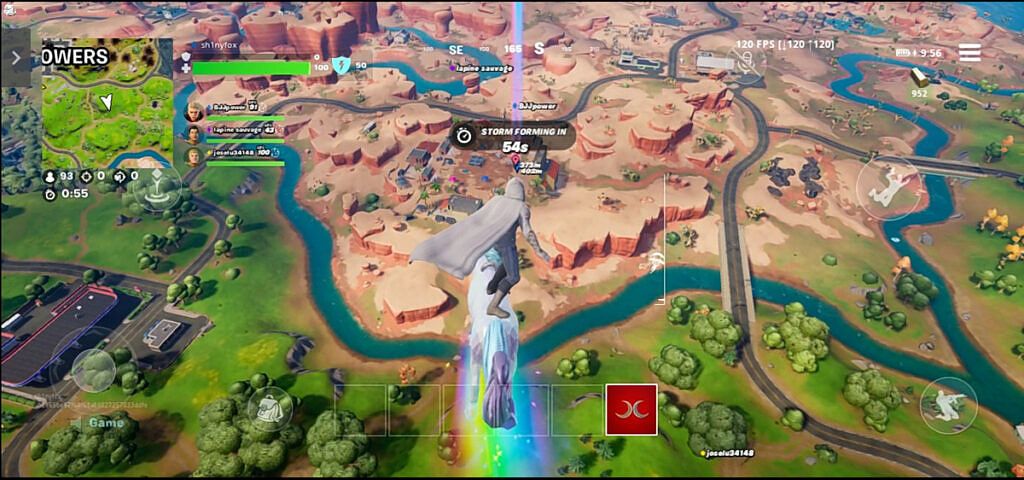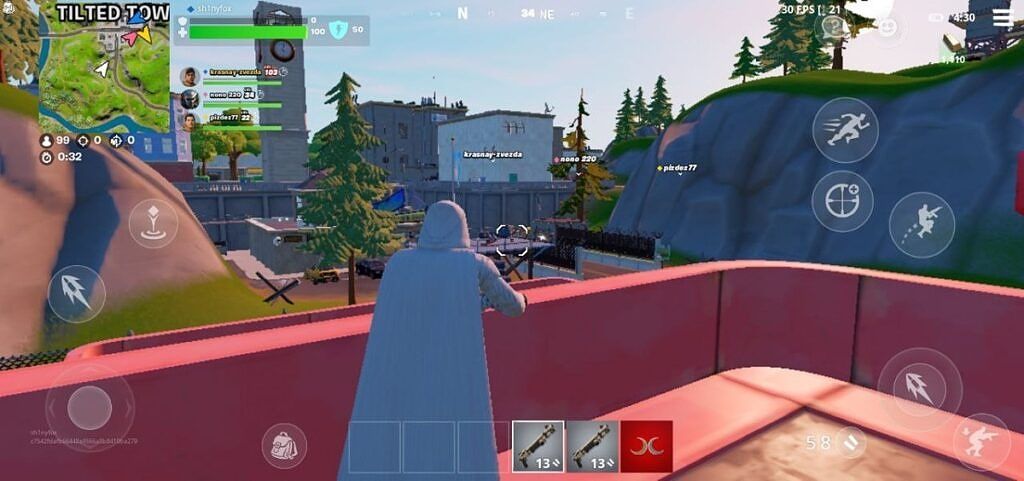Thanks to both Nvidia and Microsoft, fans of mobile Fortnite now have alternatives to a native client. Fortnite was famously removed from both the Apple App Store and Google Play Store in a spat over who got what cut off all those V Bucks sales. On Android, because it's not the closed-garden you get from Apple, you can still play Fortnite on mobile through Epic's own launcher. Fortnite players get to play on the go and Epic Games gets to keep all the V Bucks cash for itself. But it's never going to be as seamless and convenient as loading up and paying for stuff through the Play Store.
So, while the Android version lived on, iPhone users were left out in the cold. Nvidia quickly moved to remedy this with a closed beta of a touch-enabled Fortnite through the cloud, a version that is now generally available. Microsoft has also recently added Fortnite to its Xbox Cloud Streaming for all players, no Game Pass subscription is required. And both of these are a better way to play on mobile than the Android version, the obvious caveat aside.
The obvious caveat
Playing Fortnite from the cloud requires a good data connection. Playing Fortnite on Android still requires a steady data connection, but as it's only being used to connect to the servers, you can make do with a relatively slower connection. And importantly, you don't use a heap of your data allowance if you're playing on a cellular connection.
By contrast, streaming from the cloud can use quite a hefty chunk. Even turned down to the mobile-friendly settings, you could be burning through 2-3 GB of data per hour. If you have a large data allowance on your cellular plan you might not be too concerned, but it'll be a problem for a lot of Fortnite players.
Away from the home, data use is a concern for cloud gaming.
There's also the simple fact that cellular data just isn't as good as your home broadband. Even if it's comparable on speed, chances are you're going to have a higher ping. My 5G plan with EE here in the UK is plenty fast enough. But while I can enjoy a ping as low as 15ms at home streaming on GeForce Now, heading out on cellular, it's double or worse.
Heavy Fortnite mobile players will still be better off overall with the native Android version if your playtime involves a lot of cellular use. But everyone else should go to the cloud.
Fortnite in the cloud is familiar and brilliant
The first thing that struck me when loading up Fortnite in the cloud is how immediately familiar the controls feel. They're basically the same on both GeForce Now and Xbox Cloud Streaming and in both cases on par with the mobile controls. If it ain't broke, why fix it?
But this is also important for anyone making the transition to the cloud or coming back to playing on an iPhone after an enforced hiatus. I'm ashamed to admit that I used to play far too much Fortnite on my iPhone and loading up either of these two cloud options was like I'd never stopped.
It's basically a mobile game. It's that good. There's even the same customization and an auto-fire mode for the more casual players among us.
The performance is the true winner, though. Using the power of either Nvidia's servers or Microsoft's Series X-powered streaming blades, Fortnite through the cloud far exceeds its Android counterpart. It looks better, it's more stable overall, and it plays on basically anything, something you can't say for the mobile version. With the native client, I had to dig out an older phone because despite meeting (apparently) Epic's spec requirement, it was a case of "computer says no" when it came to installing Fortnite on the Xiaomi phone I'm currently using. Even then, I was limited to playing at 30 FPS on my device with fairly horrible-looking graphics.
None of this is a worry in the cloud. Once you link your Epic account to GeForce Now, you're launched instantly into the game when you load it up. The same is true on the Xbox, just as you would load it up on the console.
Fortnite from the cloud is so good it's as if it's a native mobile game.
For sheer results, Nvidia is the winner, though. If you're on the top tier, as I am, you're getting an RTX 3080, one of the best graphics cards around, to power your Fortnite sessions and stream it to your device at up to 120 FPS. If you have a compatible mobile device with a 120Hz display, you'll see all those frames as well. This is Fortnite maxed out as well, you don't need to sacrifice visuals to get those high frame rates.
Xbox is limited to 60 FPS through the cloud but it, too, is visually impressive. In both cases, the controls are responsive, there's little evidence of latency issues and with a solid wireless connection, little buffering, either. Considering this is a competitive multiplayer game, streaming from the cloud and using touch controls, it's outstanding.
For true mobile gaming, a native client would still be better, but on the iPhone at least that's not happening any time soon. Multi-billion dollar corporations are too wrapped up in who gets more of your money to actually care about your experience, but at least there is a viable alternative. The performance differences offered by going to the cloud are astounding, though, with graphical fidelity and frame rates a smartphone owner can only dream of.
Cloud gaming is still in its infancy, but with the likes of Nvidia, Microsoft, and even Google Stadia, being as good as they are, I could see a future where the cloud takes over for top-tier mobile gaming.





